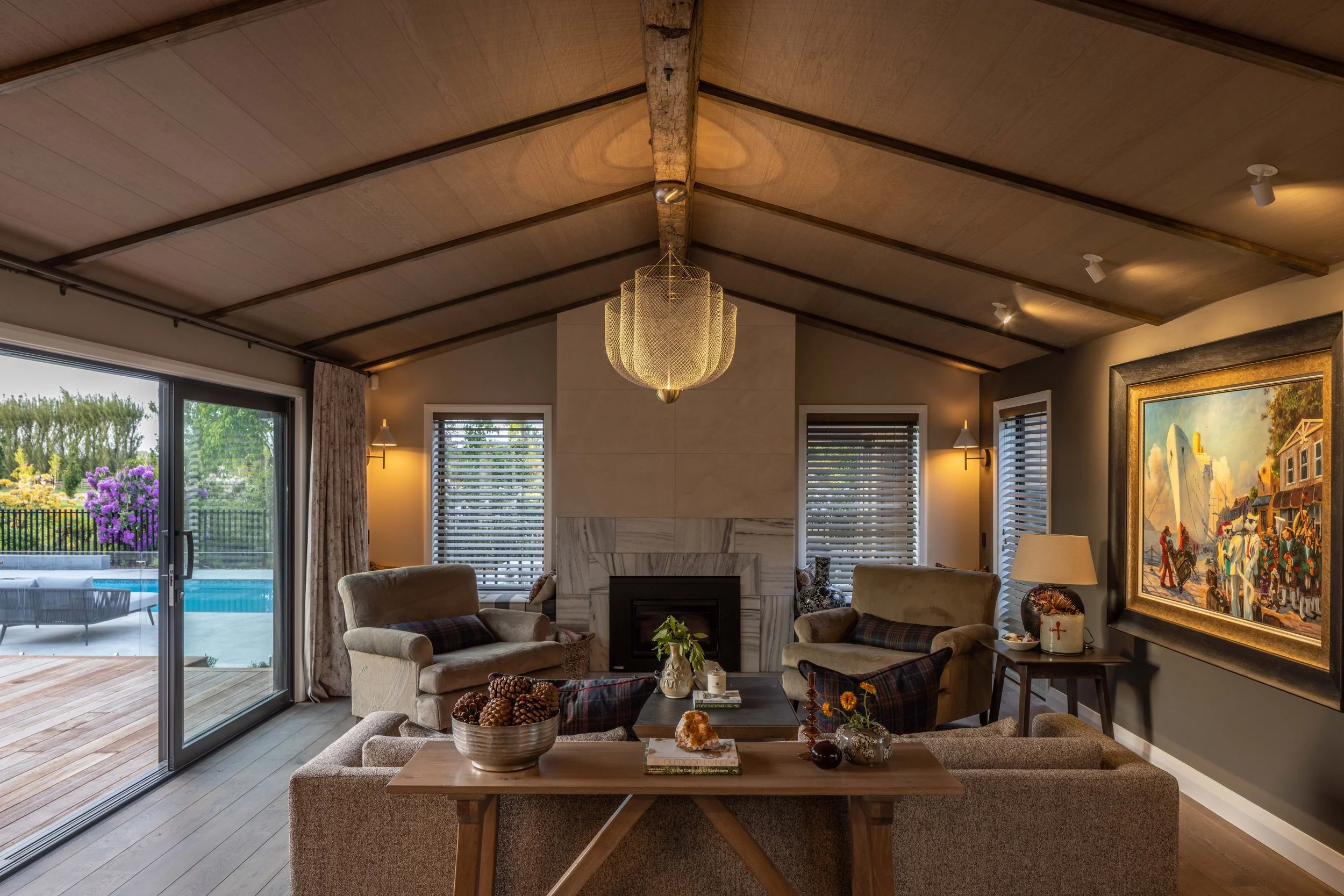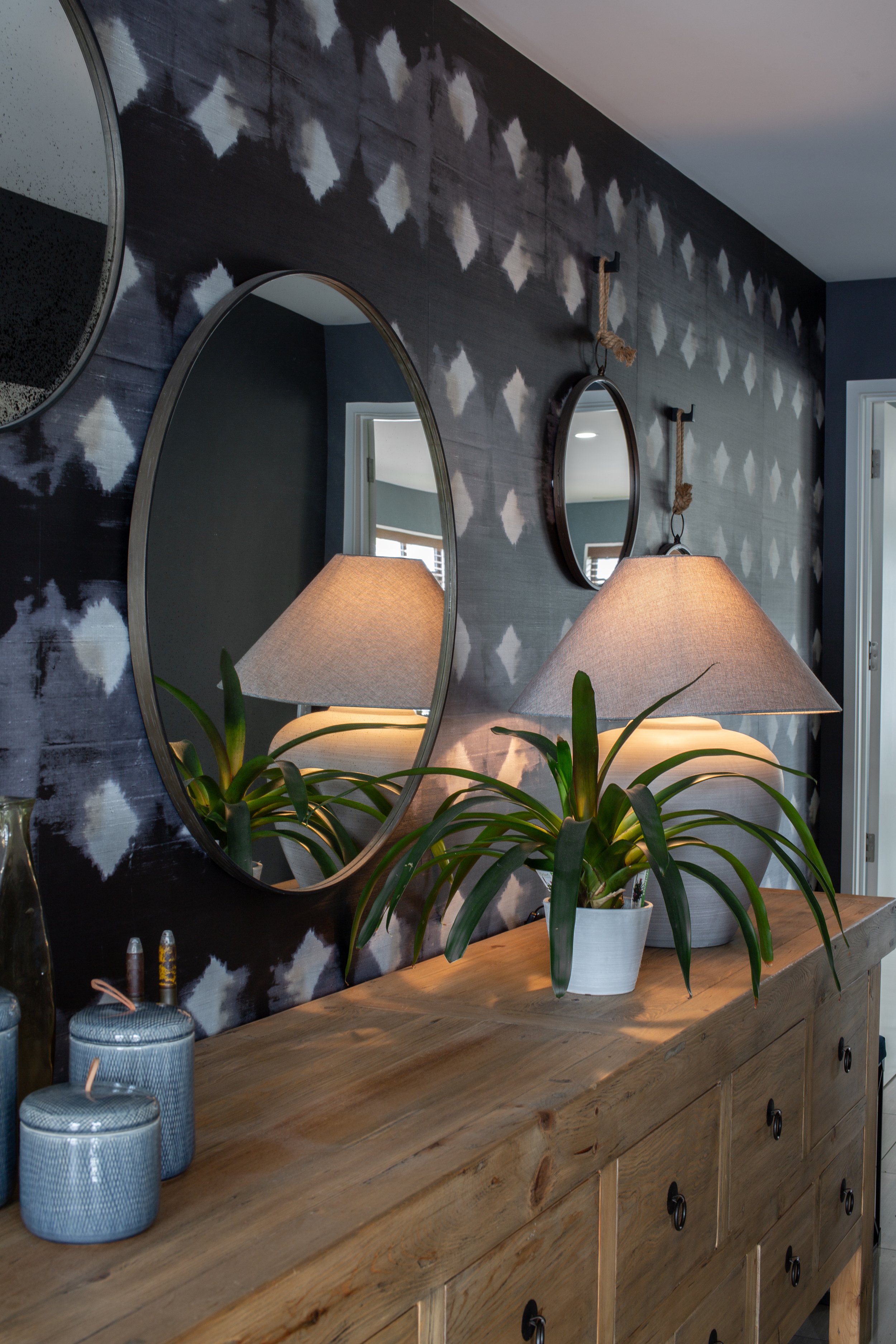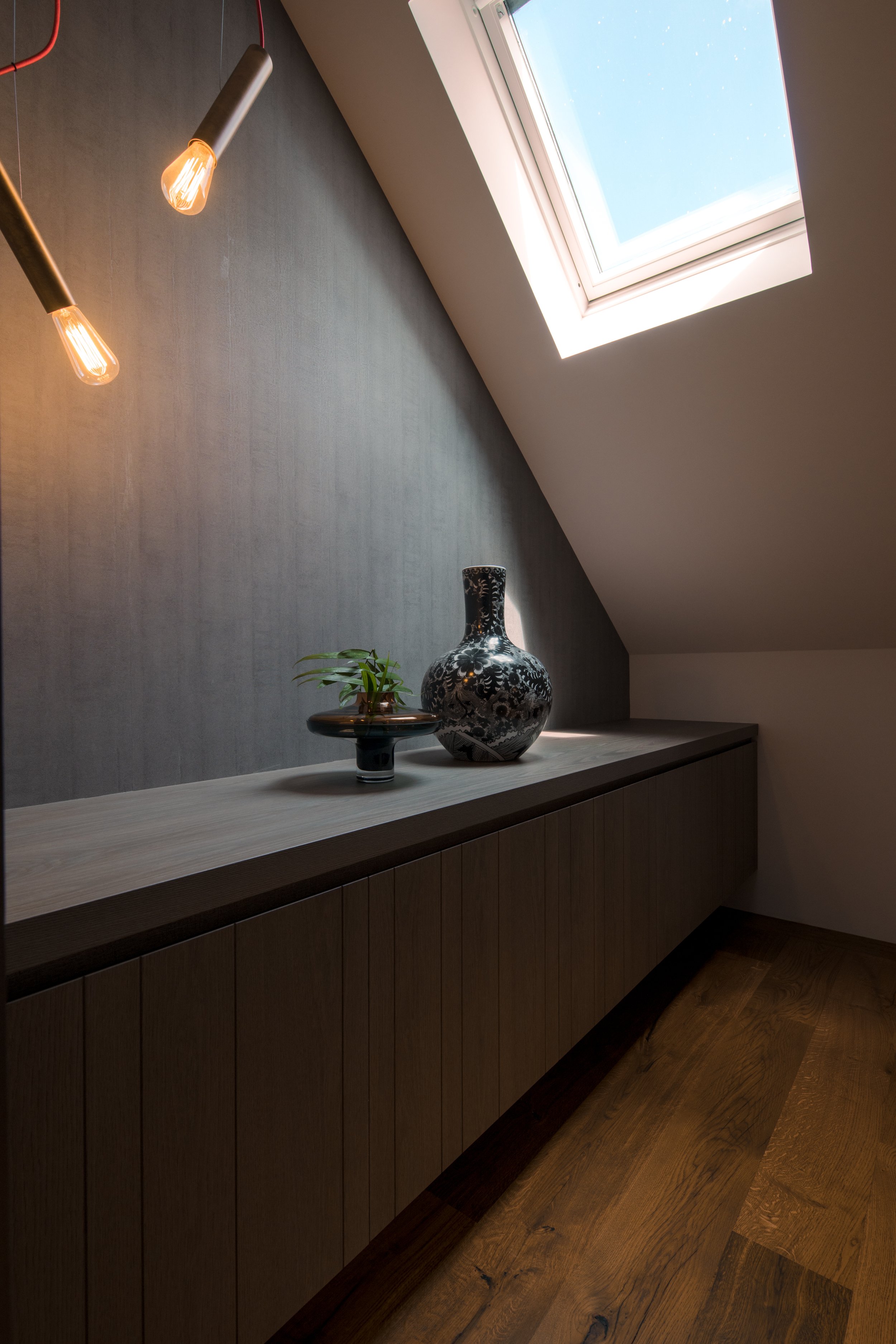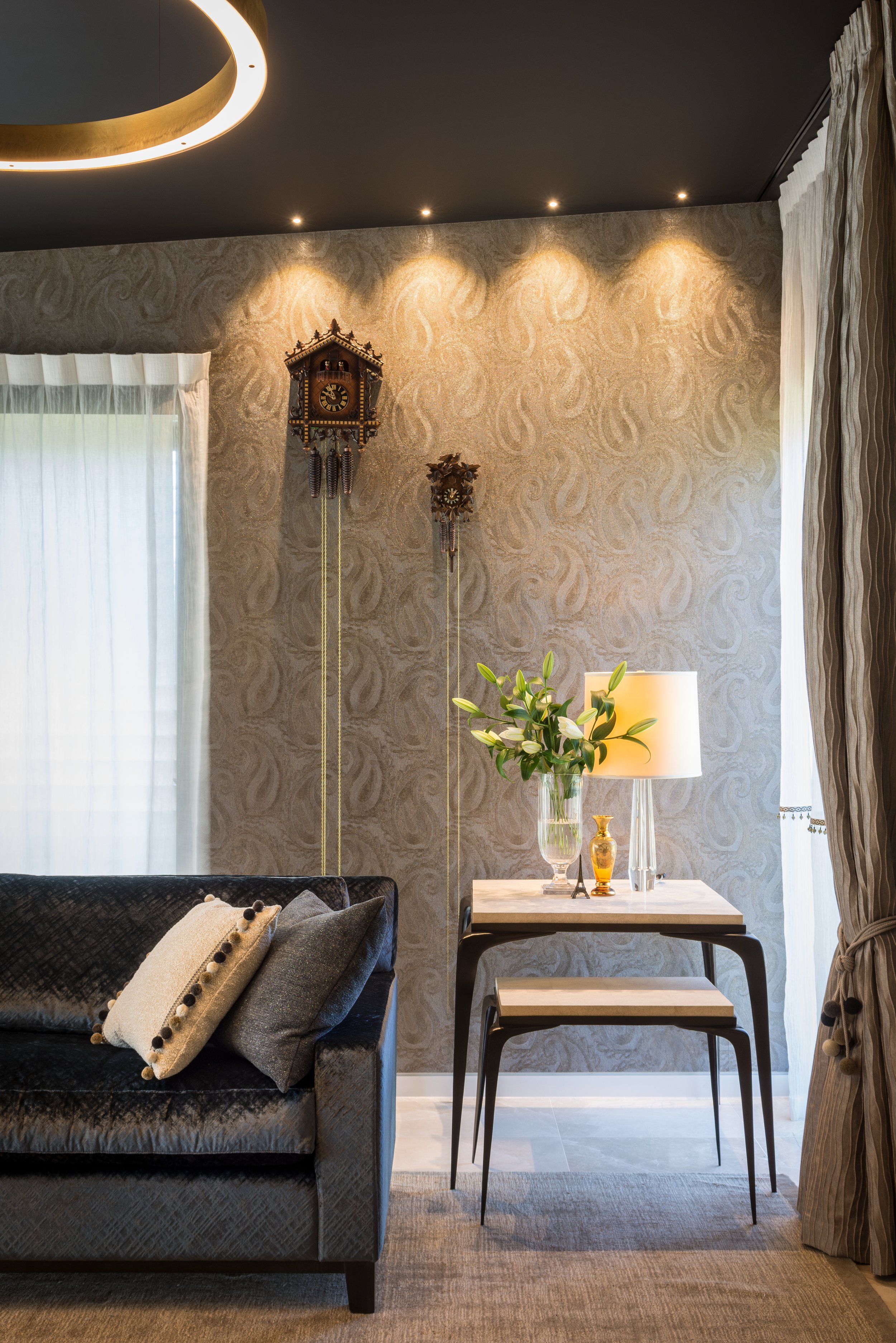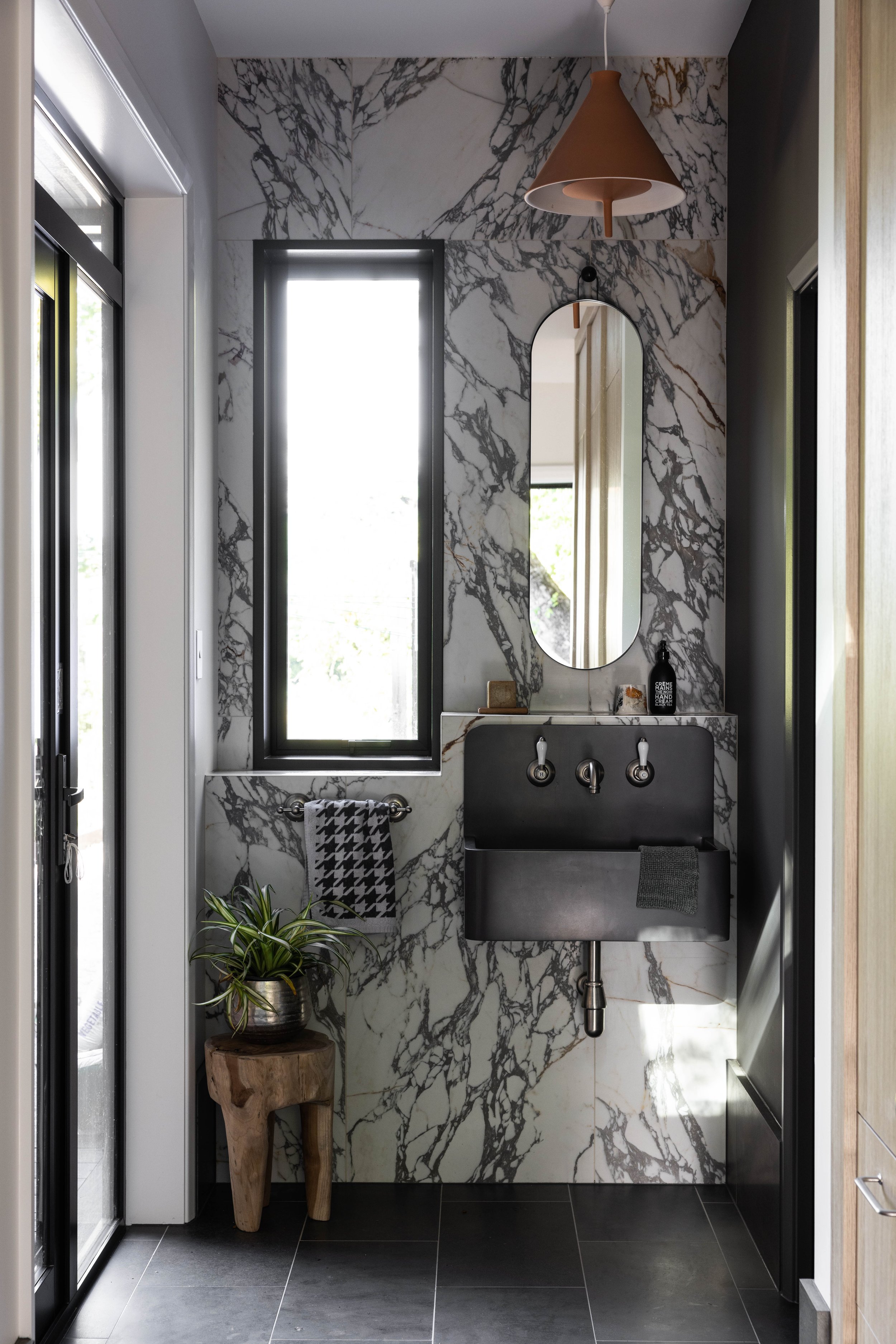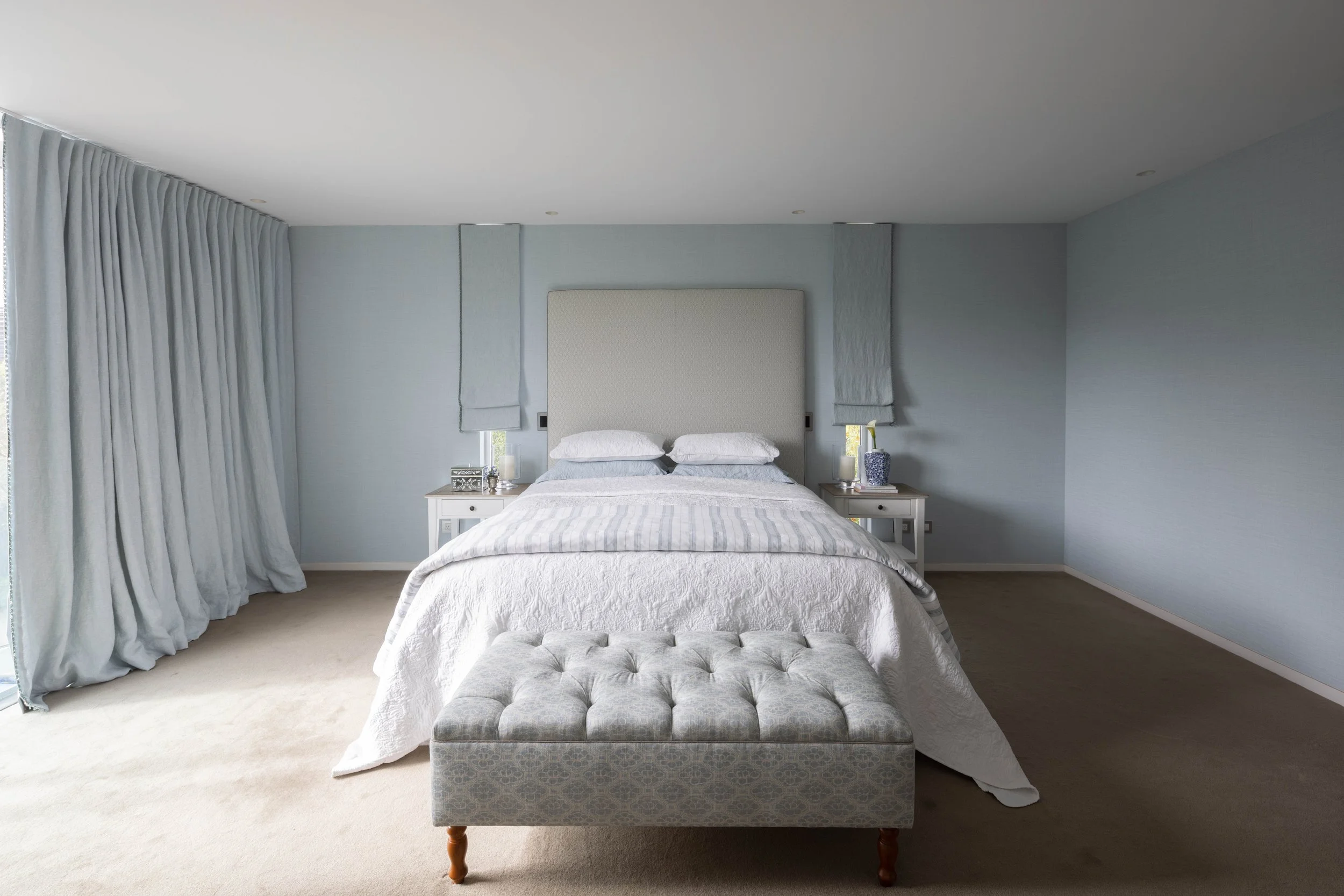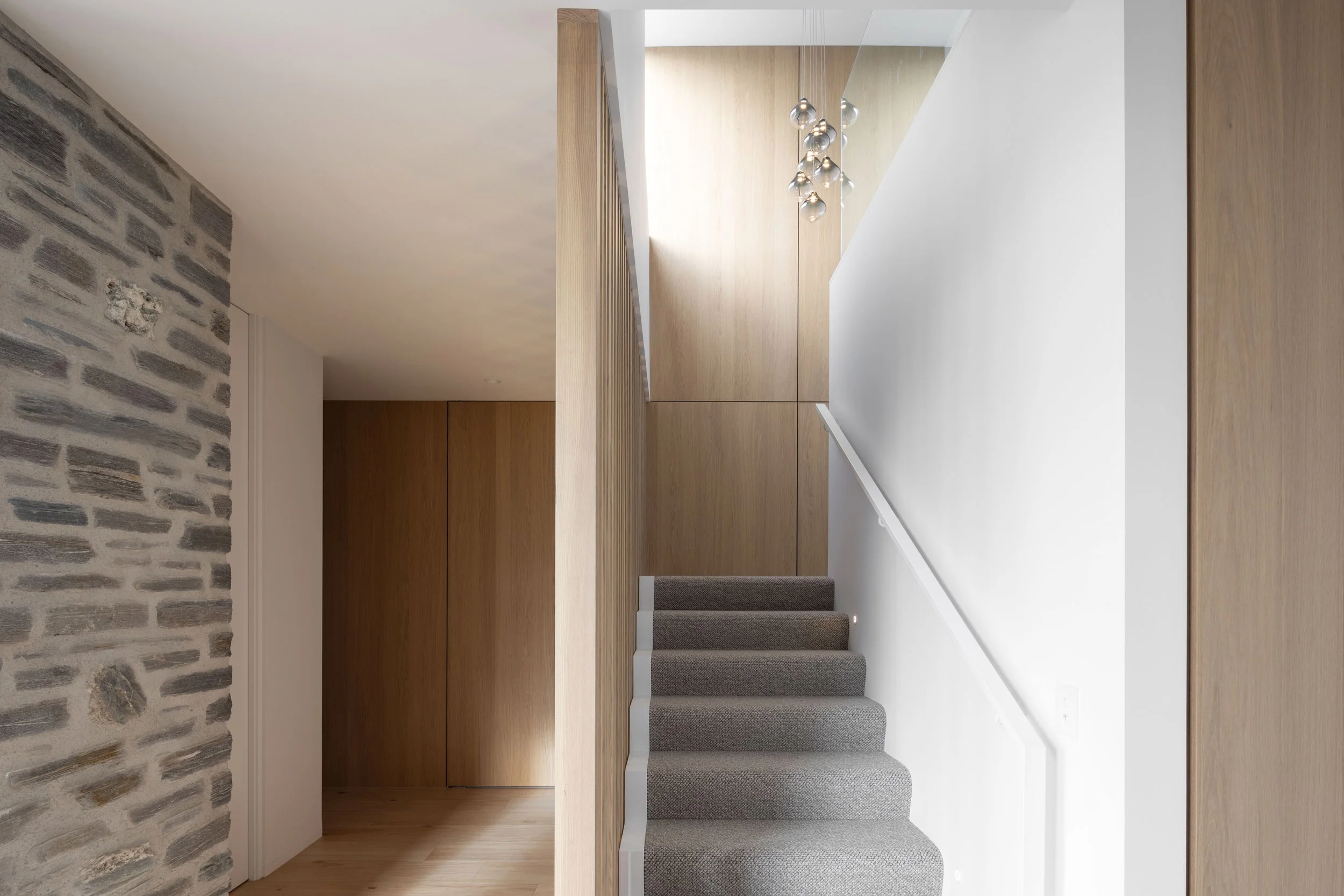Creating Balance in your Interiors - Symmetry vs Asymmetry
Creating a harmonious and visually appealing space involves finding the right balance. A perfectly-balanced room has a sense of calm and comfort, enabling us to feel fully relaxed, whereas an unstable room can have quite the opposite impact. When you enter the room and automatically feel comfortable and at ease, its probably thanks of the work of the interior designer.
Here we look into the two fundamental approaches to balance: Symmetrical and Asymmetrical. Using these design principles strategically can transform a room into a captivating and balanced environment.
Symmetrical Balance
Symmetry is a simple, time-tested method of bringing balance to an interior. It involves mirroring elements on either side of a central axis, generating a sense of order. This is common for rooms with a single – often large – central object, such as bedrooms, dining rooms, and offices. Placing identical or similar elements on each side of the focal point helps to stabilise a room. Examples of these include a pair of bedside tables, occasional chairs, and uniform patterns on rugs or walls.
Symmetrical balance can evoke feelings of elegance, formality and tranquillity. As a result, it works perfectly in more uniformed environments, such as architectural features like grand entrances, perfectly aligned windows, and symmetrically placed furniture arrangements.
Asymmetrical Balance
On the other hand, asymmetry introduces a sense of movement, spontaneity, and visual interest into a space. Unlike symmetry, it doesn’t rely on strict mirroring, but instead carefully arranged objects, colours, and textures for a harmonious composition. It entails piecing together objects of different sizes, shapes and colours to attain an overall sense of equilibrium. For instance, a large piece of furniture on one side of a room can be counterbalanced by a series of smaller items on the opposite side.
Asymmetry presents an excellent opportunity for experimentation, and is great for energising any environment through elements of surprise or visual tension. And it’s this versatility that makes it an excellent design choice for both minimalist and maximalist interiors.
The key to successfully executing symmetry and asymmetry is finding a harmonious balance. Here are some strategies to achieve this balance:
Focal Point
Creating a focal point in interior design is a powerful technique to enhance a space’s visual appeal and impact.
Establish a central focal point that anchors the design. It could be a fireplace, a piece of artwork, or a statement furniture item. Create symmetry around the focal point while incorporating asymmetrical elements to add visual interest.
Scale & Proportion
Scale and proportion are fundamental principles in interior design that greatly influence a space’s visual harmony and balance. Understanding how to work with scale and proportion is key to creating a well-designed and cohesive environment.
Grouping and Layering
Arrange objects in groups or clusters, considering both symmetry and asymmetry. It can be achieved by arranging similar objects symmetrically while introducing size, shape, or colour variations within the group.
Colour, Pattern & Texture
Use colour and pattern to create visual balance. The right combination of colour, pattern and textures can add depth, character, and meaning to the design. You can incorporate small areas in your design with vibrant colours & patterns to balance out larger areas of neutral colours. Most of the time - When it comes to combining textures and colours, it’s often best to keep things simple. A few well-chosen textures and colours can have a greater impact than many textures and colours.
Negative Space
Incorporate negative space, also known as space, into your design. It allows the eye to rest and enhances the impact of both symmetrical and asymmetrical elements. While often overlooked, negative space is crucial in interior design and can greatly impact a space’s overall aesthetic and functionality.
When it comes to interior design, balance is non-negotiable. By understanding these two approaches – Symmetrical and Asymmetrical – you can bring harmony to any space. Whether you prefer a classic, contemporary, or unconventional style, adopting these principles will undoubtedly elevate both the look and feel of your home or interior.
Need help with your next design project?
We'd love to help! Just click the link below and one of our design experts will be in touch to get you scheduled for a Complimentary Call!
Images credits: Hazel Redmond Photography

